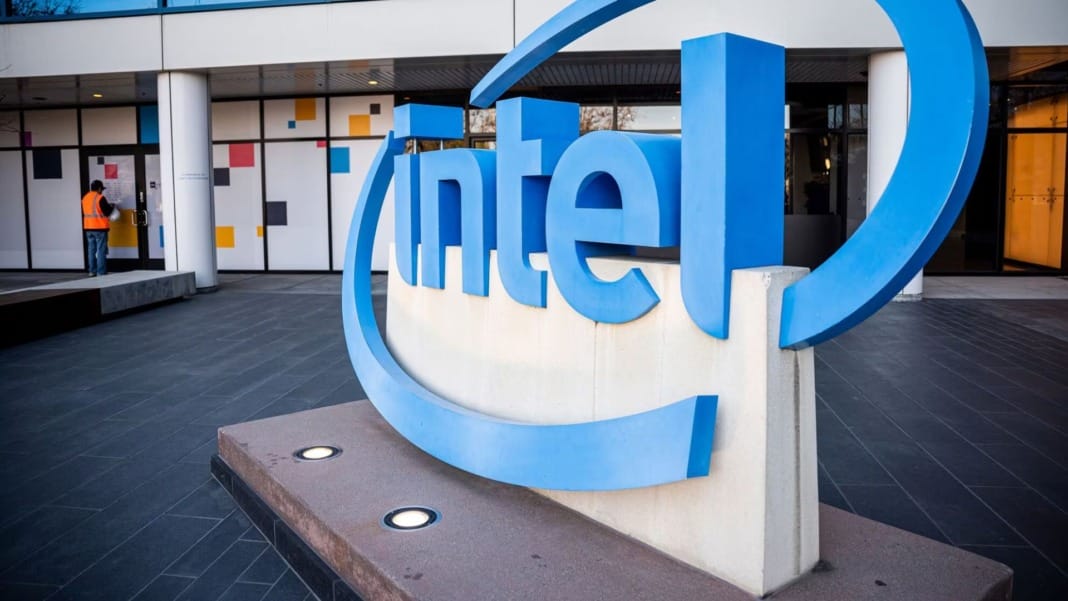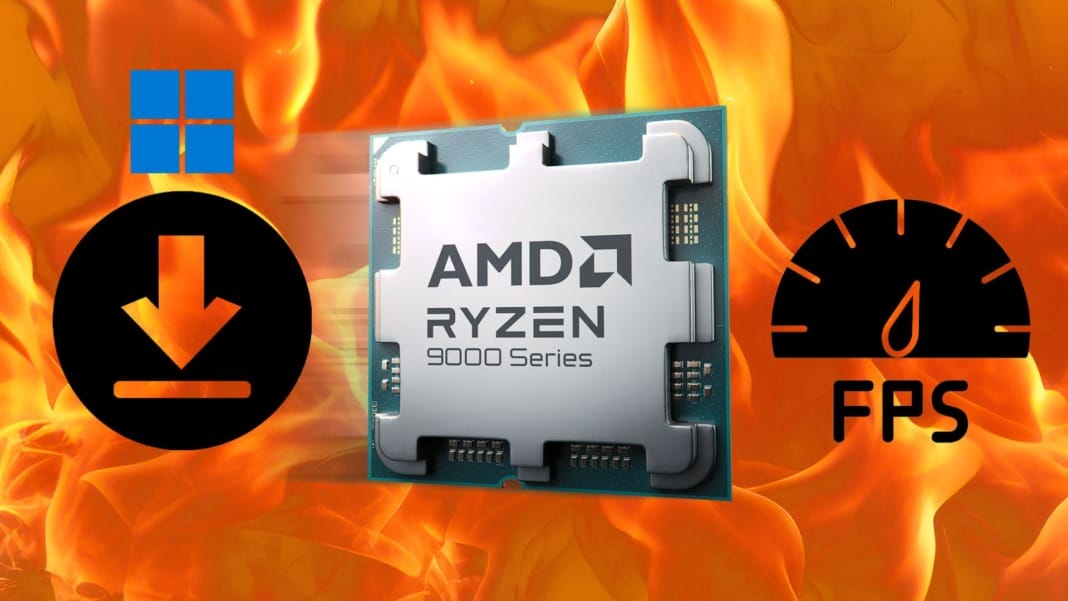Intel is set to announce a significant drop in quarterly revenue on Thursday, which is expected to be its largest in five quarters. This decrease highlights the ongoing challenges faced by the US-based semiconductor giant as it loses ground in the data centre and personal computer (PC) markets. Intel’s once-dominant market position has been increasingly eroded by competitors, with investors now focusing on CEO Pat Gelsinger’s attempts to revitalise the company.
Gelsinger, who joined as CEO in 2021, has faced setbacks in expanding Intel’s contract manufacturing business and missed opportunities in the generative artificial intelligence (AI) sector, which has boomed with demand for high-performance chips. Wall Street is anticipating an 8% drop in Intel’s revenue to around US$13.02 billion, based on data from financial insights company LSEG compiled as of October 26. As investors await clarity from Gelsinger on the company’s future, the pressure is on to accelerate Intel’s newest manufacturing technology.
Market doubts over Gelsinger’s turnaround strategy
The release of Intel’s disappointing quarterly results in August cast doubt on the effectiveness of Gelsinger’s plan to steer Intel back on track. Rosenblatt Securities analyst Hans Mosesmann commented that investors’ main concerns are whether Intel can recover and if Gelsinger is the right leader to drive this transformation.
Despite efforts such as job cuts and a suspended dividend, Intel’s stock has fallen more than 50% this year, with the company’s market value dropping below US$100 billion. The August report has compounded uncertainty, with some investors calling for Intel to separate its manufacturing business from its chip design operations. Synovus Trust portfolio manager Daniel Morgan, whose firm holds shares in Intel and competitor AMD, noted that a move to spin off Intel’s foundry business could attract investor support.
To regain confidence, Intel recently secured a new chip-manufacturing deal with Amazon.com, marking one of its first major contracts involving the company’s 18A process technology, a step forward in its advanced manufacturing capabilities. However, while Gelsinger’s efforts have made some progress, they have not been enough to ease shareholder concerns.
Challenges in the chip and AI sectors
The challenges are further intensified by losses in Intel’s foundry business, which analysts predict will report an operating loss of US$2.55 billion this quarter. The high costs of expanding Intel’s fabrication facilities have weighed on its gross margins, which are expected to drop by over 7 percentage points to 37.9%, according to LSEG estimates. Gabelli Funds research analyst Ryuta Makino, whose firm holds Intel shares, pointed out that the foundry division’s resource demands are primarily responsible for the declining gross margins.
Intel is also trying to tap into the AI chip market, which it sees as potential growth for its PC segment. However, the anticipated recovery in PC sales has yet to materialise, with sales expected to decline by over 6% in the third quarter. Meanwhile, Intel’s main rival, AMD, has been gaining ground, with its PC chip revenue expected to rise over 18% in the same period. AMD is also making inroads into Intel’s stronghold in server chips. Led by CEO Lisa Su, AMD has seen significant growth in data centre revenue, spurred by demand for AI chips. In contrast, Intel’s data centre revenue is predicted to decline by 17%, marking this segment’s 10th quarter of losses.
The shifting market demand for AI-based graphics processors, a field in which Intel needs to expand, adds to the company’s challenges in maintaining its share of the server CPU market.
High expectations with limited room for error
As half of the 31 analysts covering Intel have revised their revenue projections downward since September, the consensus appears that Intel has little room for further disappointments. Gabelli Funds’ Makino commented, “I will be very surprised if there’s another negative surprise, just because the expectations are just completely reset.”
With its quarterly results announcement looming, Intel’s leadership must address these pressing issues to reassure investors and demonstrate progress. Whether through ramping up production on its advanced 18A technology, considering a strategic overhaul, or tapping into the surging AI market, Intel has critical decisions to make as it seeks to reclaim its place as a leader in the semiconductor industry.





